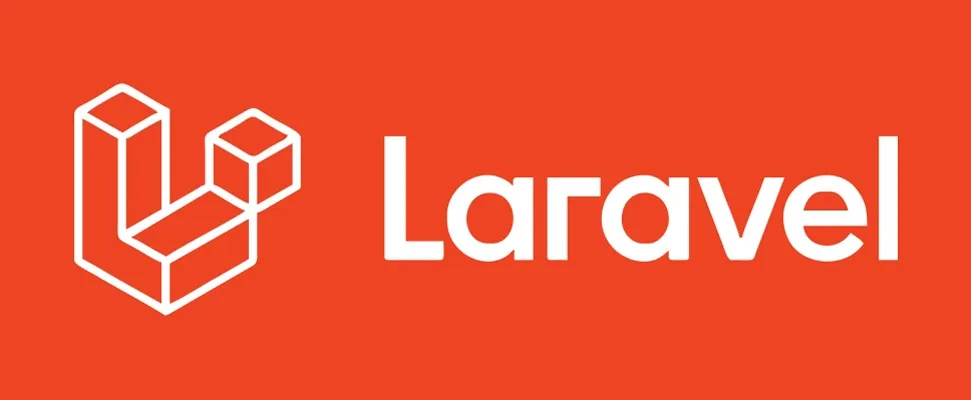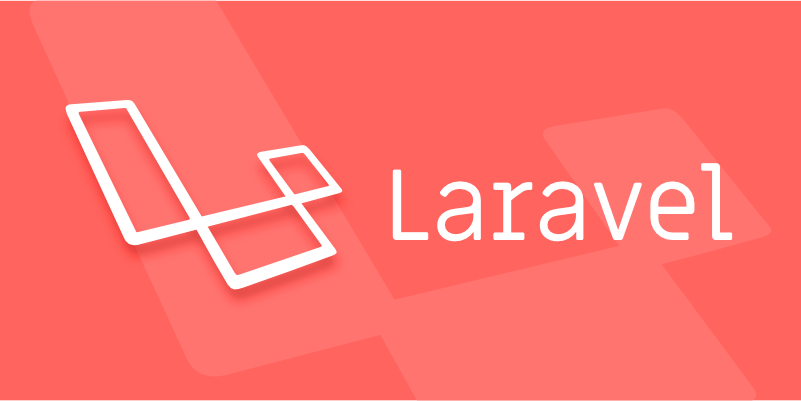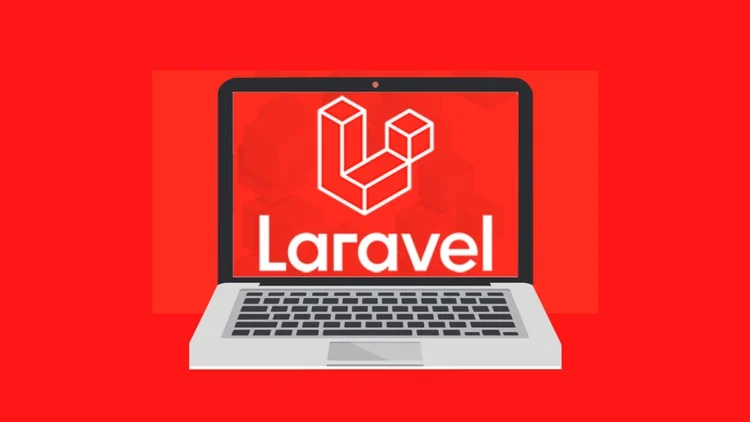The name of routes in Laravel is mainly to improve code readability and reduce maintenance problems caused by hard-coded paths. By specifying a unique name for the route, you can refer to the route using methods such as route() or redirect()->route(). Even if the URL path changes, the link will still work normally; 1. The naming method is to call the ->name('name_here') method when defining the route; 2. Common naming methods include controller action methods (such as 'user.index') and naming by functional modules (such as 'dashboard'); 3. You can name them together with prefixes to avoid duplication; 4. The main application scenarios include link generation by Blade templates, controller redirection, and construct URLs in JavaScript or API requests; 5. Pay attention to maintaining the uniqueness of the route names, and use IDE plug-ins and debug commands to improve development efficiency. The rational use of named routing can make Laravel application structure clearer and easier to maintain.

Use named routes in Laravel, mainly to facilitate the generation of URLs or reference specific routes when redirecting. This not only makes the code clearer, but also reduces maintenance problems caused by hard-coded paths.

Why should I name the route
Laravel's routing system allows you to assign a name to each route, which should be unique throughout the application. Once the route has a name, you can refer to it through route() or redirect()->route() instead of writing the URL path directly.
for example:

// web.php
Route::get('/users/profile', [UserController::class, 'profile'])->name('profile');
// Use <a href="{{ route('profile') }}"> to view profile</a> in the Blade templateThe advantage of this is that even if the URL structure changes in the future, your link will still be valid as long as the route name remains unchanged, without modifying all referenced paths.
How to correctly name a route
Naming a route is very simple, you just need to call ->name('name_here') when defining the route. You can name any type of route, including GET, POST, resource routing, etc.

Common practices are:
- Controller action nomenclature, such as
'user.index','post.show' - Named by page or function module, such as
'dashboard','contact.form'
Example:
Route::get('/posts/{id}', [PostController::class, 'show'])->name('post.show');
Route::resource('photos', PhotoController::class)->names([
'index' => 'photo.list',
'show' => 'photo.view'
]);If you use routing grouping (such as background and foreground separation), you can name it in conjunction with prefixes to avoid duplication:
Route::prefix('admin')->group(function () {
Route::get('/dashboard', [AdminController::class, 'dashboard'])->name('admin.dashboard');
});Several practical scenarios for using named routing
1. Generate links in Blade templates
This is one of the most common uses. Use route() helper function to generate corresponding paths dynamically:
<a href="{{ route('home') }}">Home</a>If the route requires parameters, just pass in an array:
<a href="{{ route('user.profile', ['id' => $user->id]) }}">User Profile</a>2. Redirect in the controller
After you have processed the form submission or login logic, you often need to use redirect() to jump to a certain page:
return redirect()->route('dashboard');
Also supports jumps with parameters:
return redirect()->route('user.edit', ['id' => 1]);
3. Reference routes in JavaScript or API requests
Sometimes you need to construct the request address in the front-end JS file. At this time, you can also use the named route and route() function to return the complete URL:
fetch("{{ route('api.user.data', ['id' => 123]) }}")Don't ignore small details
- Ensure naming uniqueness : Although Laravel does not mandate, try to avoid using the same name from different routes, otherwise it may lead to unexpected behavior.
- IDE support : Some IDE plug-ins (such as Laravel Idea) can automatically complete the routing name and improve development efficiency.
- Debugging tool : Use
php artisan route:listto view all registered routes and their names, making it easier to check whether they are missing or conflicted.
Basically that's it. The rational use of named routes can make your Laravel application structure clearer and easier to maintain.
The above is the detailed content of Using Named Routes in Laravel.. For more information, please follow other related articles on the PHP Chinese website!

Hot AI Tools

Undress AI Tool
Undress images for free

Undresser.AI Undress
AI-powered app for creating realistic nude photos

AI Clothes Remover
Online AI tool for removing clothes from photos.

Clothoff.io
AI clothes remover

Video Face Swap
Swap faces in any video effortlessly with our completely free AI face swap tool!

Hot Article

Hot Tools

Notepad++7.3.1
Easy-to-use and free code editor

SublimeText3 Chinese version
Chinese version, very easy to use

Zend Studio 13.0.1
Powerful PHP integrated development environment

Dreamweaver CS6
Visual web development tools

SublimeText3 Mac version
God-level code editing software (SublimeText3)

Hot Topics
 How to set environment variables in PHP environment Description of adding PHP running environment variables
Jul 25, 2025 pm 08:33 PM
How to set environment variables in PHP environment Description of adding PHP running environment variables
Jul 25, 2025 pm 08:33 PM
There are three main ways to set environment variables in PHP: 1. Global configuration through php.ini; 2. Passed through a web server (such as SetEnv of Apache or fastcgi_param of Nginx); 3. Use putenv() function in PHP scripts. Among them, php.ini is suitable for global and infrequently changing configurations, web server configuration is suitable for scenarios that need to be isolated, and putenv() is suitable for temporary variables. Persistence policies include configuration files (such as php.ini or web server configuration), .env files are loaded with dotenv library, and dynamic injection of variables in CI/CD processes. Security management sensitive information should be avoided hard-coded, and it is recommended to use.en
 What is Configuration Caching in Laravel?
Jul 27, 2025 am 03:54 AM
What is Configuration Caching in Laravel?
Jul 27, 2025 am 03:54 AM
Laravel's configuration cache improves performance by merging all configuration files into a single cache file. Enabling configuration cache in a production environment can reduce I/O operations and file parsing on each request, thereby speeding up configuration loading; 1. It should be enabled when the application is deployed, the configuration is stable and no frequent changes are required; 2. After enabling, modify the configuration, you need to re-run phpartisanconfig:cache to take effect; 3. Avoid using dynamic logic or closures that depend on runtime conditions in the configuration file; 4. When troubleshooting problems, you should first clear the cache, check the .env variables and re-cache.
 How to develop AI intelligent form system with PHP PHP intelligent form design and analysis
Jul 25, 2025 pm 05:54 PM
How to develop AI intelligent form system with PHP PHP intelligent form design and analysis
Jul 25, 2025 pm 05:54 PM
When choosing a suitable PHP framework, you need to consider comprehensively according to project needs: Laravel is suitable for rapid development and provides EloquentORM and Blade template engines, which are convenient for database operation and dynamic form rendering; Symfony is more flexible and suitable for complex systems; CodeIgniter is lightweight and suitable for simple applications with high performance requirements. 2. To ensure the accuracy of AI models, we need to start with high-quality data training, reasonable selection of evaluation indicators (such as accuracy, recall, F1 value), regular performance evaluation and model tuning, and ensure code quality through unit testing and integration testing, while continuously monitoring the input data to prevent data drift. 3. Many measures are required to protect user privacy: encrypt and store sensitive data (such as AES
 How to make PHP container support automatic construction? Continuously integrated CI configuration method of PHP environment
Jul 25, 2025 pm 08:54 PM
How to make PHP container support automatic construction? Continuously integrated CI configuration method of PHP environment
Jul 25, 2025 pm 08:54 PM
To enable PHP containers to support automatic construction, the core lies in configuring the continuous integration (CI) process. 1. Use Dockerfile to define the PHP environment, including basic image, extension installation, dependency management and permission settings; 2. Configure CI/CD tools such as GitLabCI, and define the build, test and deployment stages through the .gitlab-ci.yml file to achieve automatic construction, testing and deployment; 3. Integrate test frameworks such as PHPUnit to ensure that tests are automatically run after code changes; 4. Use automated deployment strategies such as Kubernetes to define deployment configuration through the deployment.yaml file; 5. Optimize Dockerfile and adopt multi-stage construction
 Explain Laravel Eloquent Scopes.
Jul 26, 2025 am 07:22 AM
Explain Laravel Eloquent Scopes.
Jul 26, 2025 am 07:22 AM
Laravel's EloquentScopes is a tool that encapsulates common query logic, divided into local scope and global scope. 1. The local scope is defined with a method starting with scope and needs to be called explicitly, such as Post::published(); 2. The global scope is automatically applied to all queries, often used for soft deletion or multi-tenant systems, and the Scope interface needs to be implemented and registered in the model; 3. The scope can be equipped with parameters, such as filtering articles by year or month, and corresponding parameters are passed in when calling; 4. Pay attention to naming specifications, chain calls, temporary disabling and combination expansion when using to improve code clarity and reusability.
 PHP development user permission management monetization PHP permission control and role management
Jul 25, 2025 pm 06:51 PM
PHP development user permission management monetization PHP permission control and role management
Jul 25, 2025 pm 06:51 PM
User permission management is the core mechanism for realizing product monetization in PHP development. It separates users, roles and permissions through a role-based access control (RBAC) model to achieve flexible permission allocation and management. The specific steps include: 1. Design three tables of users, roles, and permissions and two intermediate tables of user_roles and role_permissions; 2. Implement permission checking methods in the code such as $user->can('edit_post'); 3. Use cache to improve performance; 4. Use permission control to realize product function layering and differentiated services, thereby supporting membership system and pricing strategies; 5. Avoid the permission granularity is too coarse or too fine, and use "investment"
 How to use PHP combined with AI to analyze video content PHP intelligent video tag generation
Jul 25, 2025 pm 06:15 PM
How to use PHP combined with AI to analyze video content PHP intelligent video tag generation
Jul 25, 2025 pm 06:15 PM
The core idea of PHP combining AI for video content analysis is to let PHP serve as the backend "glue", first upload video to cloud storage, and then call AI services (such as Google CloudVideoAI, etc.) for asynchronous analysis; 2. PHP parses the JSON results, extract people, objects, scenes, voice and other information to generate intelligent tags and store them in the database; 3. The advantage is to use PHP's mature web ecosystem to quickly integrate AI capabilities, which is suitable for projects with existing PHP systems to efficiently implement; 4. Common challenges include large file processing (directly transmitted to cloud storage with pre-signed URLs), asynchronous tasks (introducing message queues), cost control (on-demand analysis, budget monitoring) and result optimization (label standardization); 5. Smart tags significantly improve visual
 How to build a content payment platform through PHP How to implement PHP paid reading system
Jul 25, 2025 pm 06:30 PM
How to build a content payment platform through PHP How to implement PHP paid reading system
Jul 25, 2025 pm 06:30 PM
To build a PHP content payment platform, it is necessary to build a user management, content management, payment and permission control system. First, establish a user authentication system and use JWT to achieve lightweight authentication; second, design the backend management interface and database fields to manage paid content; third, integrate Alipay or WeChat payment and ensure process security; fourth, control user access rights through session or cookies. Choosing the Laravel framework can improve development efficiency, use watermarks and user management to prevent content theft, optimize performance requires coordinated improvement of code, database, cache and server configuration, and clear policies must be formulated and malicious behaviors must be prevented.






